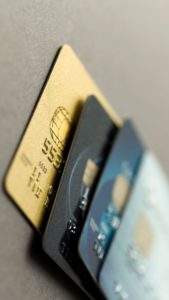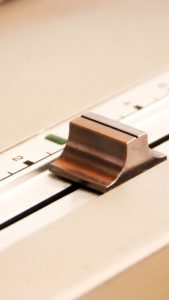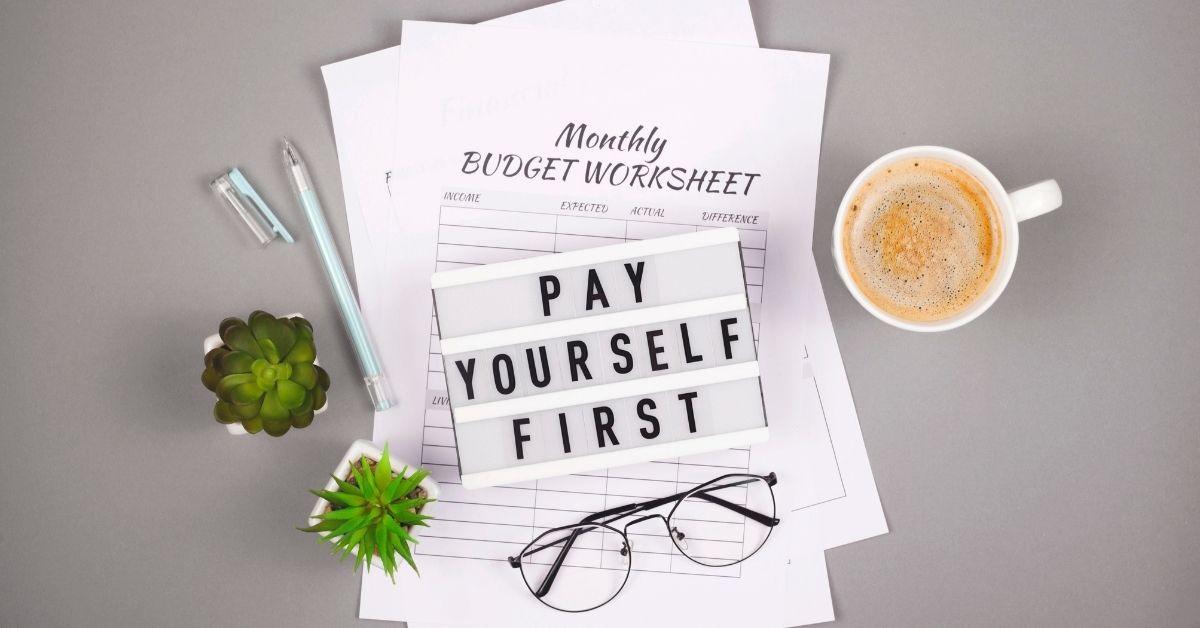Paying yourself first: what it means and how to do it right
- Money Tips
- by Arnulfo Gonzalez
- April 26, 2021
Paying yourself first: what does it mean?
Navigating the financial side of adult life is often a complicated process. For most of it, your needs and wants will not immediately be matched by your earnings. And what about retirement? It seems so far away, but you won’t be able to work for ever! So saving money is something you simply can’t do without. And this is where paying yourself first comes into play.
Paying yourself first is a budgeting method that relies on setting aside a certain percentage or amount from each paycheck, to go towards your savings and retirement funds, before everything else. It is called “pay yourself first” because it focuses on taking care of your future self’s security and wellbeing.
It may seem counter-intuitive but it makes sense and it’s effective.
Why paying yourself first is important

For most people, saving money and planning for retirement is something to be done after everything else has been taken care of. It’s the last of their priorities. And this is exactly the reason why for so many of us it ends up never actually happening. According to Bankrate, in January 2021, only 39% of Americans could come up with $1000 to cover an emergency. And according to this FinanceBuzz study from January 2020, 35% of all Americans have zero money set aside for retirement.
Sure, there’s always Social Security to take care of you when you’re old. Right? Not quite. Assuming Social Security will be around when our generation is old, it’s still not enough to support our life expenses entirely (right now, the average Social Security check at age 67 is around $1500). This is why having retirement savings is crucial.
The pay yourself first budgeting method works because it takes these long-term goals and helps you start accomplishing them now, while you’re still making the money. Also, by prioritizing savings before everything else, you’ll quickly get used to simply not having that amount of money to dispose of, and you’ll live within your actual means.
Paying yourself first: how to do it right
As with every money matter, when starting your pay yourself first budget you need some structure in place, to set you up for success. We identified 5 steps for this process:
- Step 1: know your income and spending
- Step 2: pay off bad debt
- Step 3: set up your savings goals
- Step 4: automate your payments
- Step 5: adjust as you go.
Step 1: know your income and spending

You can’t put a plan in place before you know exactly where you stand. This is why it’s important to know how much you’re making and how much you’re spending every month.
When calculating your income, consider your net income, after taxes. This is the actual money that goes into your pockets. Aside from your salary or main business income, take into account any supplemental income that you may be making from side gigs, child support, rental properties etc.
When calculating your spending, check every bank and credit card statement to make sure you don’t miss anything. Organize expenses into large categories like housing, transportation, communication, food, and non-essentials (entertainment, clothes, décor, miscellaneous).
Step 2: set up your savings goals
Depending on what point you are at in life, you can have different savings goals, that can be short term or long term. You will most likely have a combination of short term and long term goals.
Short term savings goals may be:
- An emergency fund ($1000 to start, and then 3 to 6 months-worth of basic living expenses)
- A big purchase: a new computer, a car, a vacation, a wedding, a down payment for your future house, etc.
Long term savings goals may be:
- A college fund for your kids
- A retirement fund (for example, a 401(k), an IRA or a roth IRA)
Step 3: pay off bad debt

We put this step before starting the actual savings because, if you have bad debt (like credit card debt, personal loans, payday loans and any high-interest loans) it makes more sense to pay off this debt before moving on to saving. If you allocate big chunks of money to savings right away, before paying off bad debt, you will lose money in the long run because the interest due for that debt will keep accumulating.
There is one exception though: saving those first $1000 for your emergency fund needs to come hand in hand with paying off bad debt. This way you avoid getting even deeper into debt, should an emergency occur. During this preliminary period, while aggressively paying off debt, setting aside even $100/month will soon get you in the position of at least not being afraid of your next car breakdown or dentist bill.
Note: your mortgage and your student loans (assuming their interest rate is less than 7%) are not bad debt. They are the type of deb repayment that will fall into your “monthly bills” category. The mortgage will go under “housing” and your student loan payments will be of as high importance as your utilities.
Step 4: automate your payments

Once you got rid of that nasty credit card debt or high interest personal loan, the real savings can start. Remember, paying yourself first means that the money dedicated to savings should leave your bank account as soon as you get paid. This can be achieved in two ways:
By automatic transfer
You can set up automatic transfers from your checking account directly into your savings account, 401(k), IRA or roth IRA. The best way to go about this is to set up the transfer to happen the day after your payday, to avoid overdrafts in case you don’t get paid on time.
By split direct deposit by your employer
Another way you can go about automating your savings is by arranging with your employer to split your direct deposit into two different accounts, let’s say a checking account and a savings account. This way the portion of your income that you dedicated to savings will not even reach your checking account, so your money will be saved before you even see it.
How much of your monthly income should you save?
Most experts agree that you should go for a 50/30/20 ratio. This means that:
- 50% of your income should go to cover your essential needs (housing, transportation, food, communication, insurance etc.)
- 30% of your income should go to cover your “wants” or non-essential spending (entertainment, clothes, décor, make-up etc.)
- 20% of your income should go into savings.
But depending on your goals, these percentages may be different. For example, you may want to allocate more than 20% for savings if you’re in your 30s and are behind on starting a retirement fund, or if you’re saving for a big purchase that you want to get sooner rather than later.
Step 5: adjust as you go

Personal finances are called personal for a reason. Every individual is different, and you may find that what works for other people doesn’t work for you. For example, you may be on a low income, and your essential spending may eat up more than 50% of your monthly paycheck. Or you may have a very variable or seasonal income which makes it difficult to stick to the same percentages every month of the year. If, in the 50/30/20 scenario, things don’t add up, you will need to adjust the numbers to make sure you have enough money for your base necessities and savings.
This means that you may need to:
- reconsider and eliminate some “needs” that are, in fact, “wants” (cable television, unlimited phone plans, transportation by car, the house that is bigger than it needs to be, etc.)
- save more aggressively during months when you make more money if your income has seasonal variations
- supplement your income by asking for a raise, looking for a better paying job, or taking up a side gig
Paying yourself first pros and cons
Just like any other budgeting method, paying yourself first comes with pros and cons, so here they are:
Pros
- If you set up your goals correctly and follow the steps, it works long term.
- It is simple and much easier to maintain than other methods because it doesn’t require you to make a budget line by line.
- It helps reduce impulsive purchases because you have less money to spend.
Cons
- If you start it too early, without having paid your bad debt first, it will be detrimental to your long-term financial interest.
An extra tip for successfully paying yourself first: start small
This budgeting method will not magically turn you into the most responsible person overnight. If your goals are not set up correctly, it is easy to fall off track. So rather than setting up multiple savings goals from the get-go, start small. Set up a short-term goal like an important purchase (a computer, a vacation). Feeling the taste of success once this goal is accomplished will motivate you to stay focused in the long run, for those goals that require more commitment, like your retirement.
To sum up
Paying yourself first is a great way to achieve long-term financial stability. It’s never too early to start, because we’re getting older, not younger. And it’s easy, too: once you set up your automatic payments, it will run on autopilot.
How about you? Have you tried the pay yourself first budgeting method, and does it work for you? Tell us in the comments!

